Archives
-
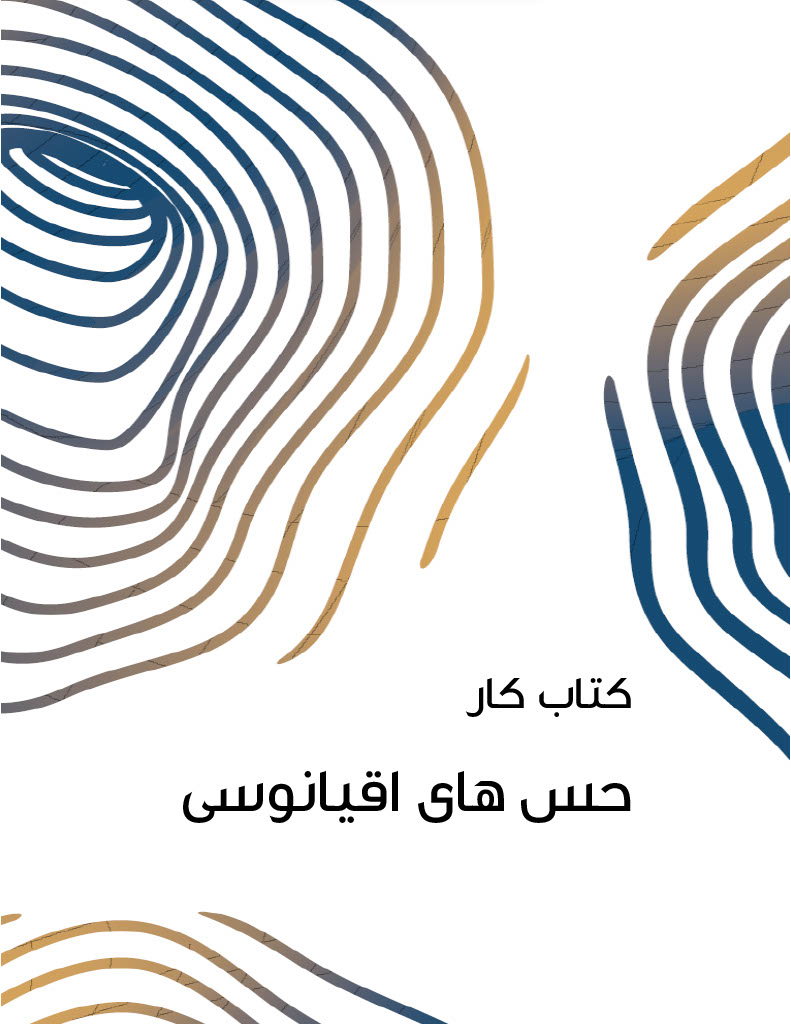
The Ocean Senses Activity Book (Persian version)
No. 2 (2024)This booklet consists of 17 interdisciplinary lesson plans and ideas that inspire to learn about the ocean and connect to it via their senses. Teachers from kindergarten to high school- are the primary audience, but this is not only for teachers. We hope people of all ages can be inspired. Parents can try some of the ideas out with their children at home. Some ideas could be tried out in older adults’ homes or local youth groups. For example, some of the lessons can be used by older pupils as guides for younger pupils at school or science fairs. All the lesson plans were developed within a research project called Advancing Knowledge about Methane in the Arctic (AKMA Project number 287869). The AKMA project was funded by Norwegian Research Council and led by the UiT - The Arctic University of Norway in Tromsø in collaboration with Woods Hole Oceanographic Institute in the USA.
-
Professional Journey
No. 1 (2024)The learning narratives in this book are based on retold occupational and life experiences, conversations, and documents. They are grounded in a larger text material from interviews with several vocational apprentices in the hotel industry. In addition, documents from occupational experiences and documents from retold school and professional histories have been used. Some stories are also inspired by diaries, newspapers, and notes. The material from diaries also includes poetic elements, and thus also elements of fiction.
-
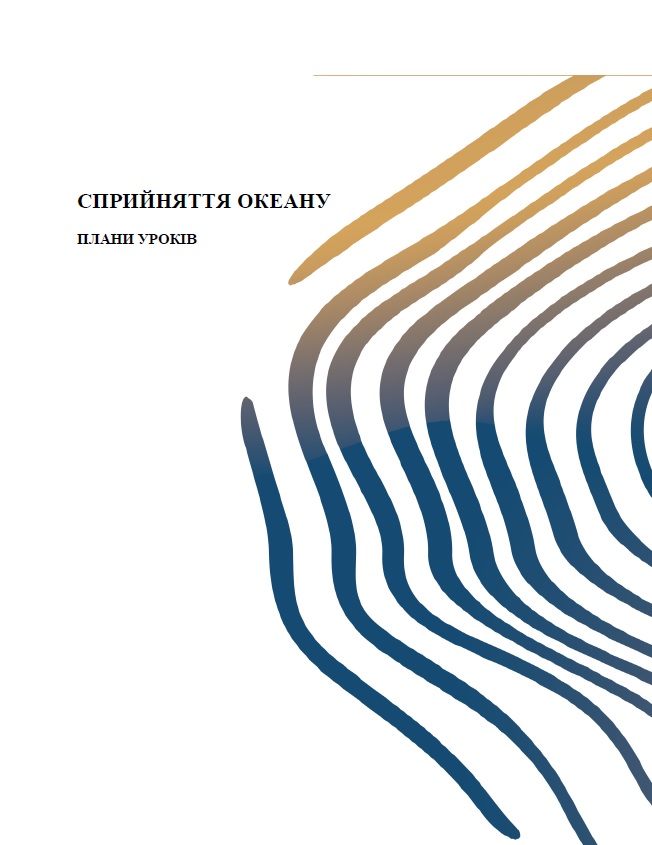
The Ocean Senses Activity Book (Ukrainian version)
No. 3 (2023)This book consists of fifteen interdisciplinary lesson plans that inspire us to learn more about the ocean and our sense of it. Kindergarten and high school teachers are our primary audience, but they are not the only ones. We hope people of all ages can use them. Parents can experiment with their children at home. Some classes can be tried at retirement homes or local youth groups. Older students can use other plans as a guide for teaching younger students or at science fairs. All lesson plans were developed within the framework of the research project entitled "Expanding knowledge about methane in the Arctic" (AKMA project number 287869). The AKMA project was funded by Science Norway and led by UiT The Arctic University of Norway in Tromsø in collaboration with the US Woods Hole Oceanographic Institution (Woods Hole).
-
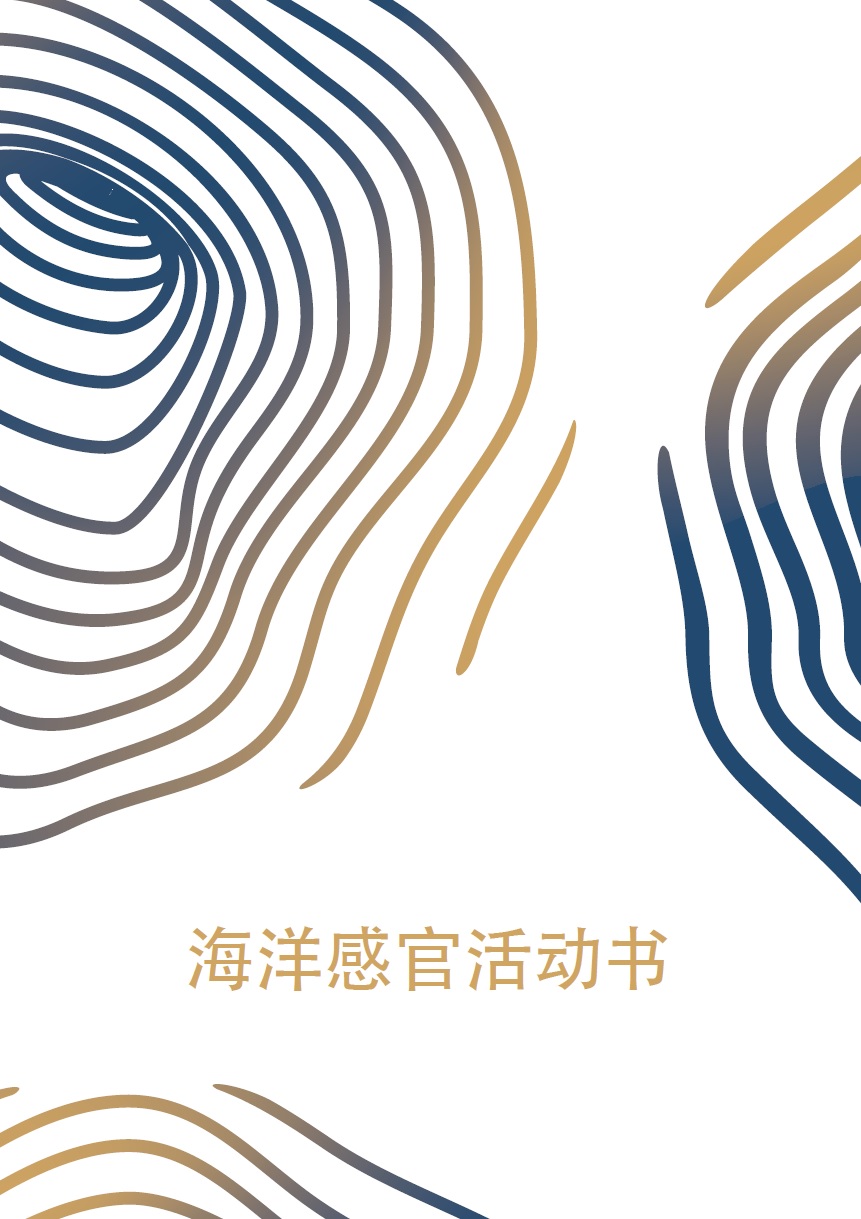
The Ocean Senses Activity Book (Chinese version)
No. 2 (2023)This booklet contains 5 interdisciplinary lesson plans and ideas to inspire people to learn about the ocean and connect with it through their senses. Teachers (from kindergarten to high school level) are the primary audience, but it's not just for teachers: we want all ages; everyone can be inspired! Parents, for example, can try it at home with their children. All lesson plans have been developed as part of a research project called AKMA (Advancing Knowledge about Methane in the Arctic). AKMA is funded by the Norwegian Research Council and led by UiT The Arctic University of Norway in Tromsø, in collaboration with Woods Hole Oceanographic Institute, USA. The aim of the AKMA project is to improve our overall knowledge of rising temperatures in the Arctic and methane activity in the ocean and seafloor.
-
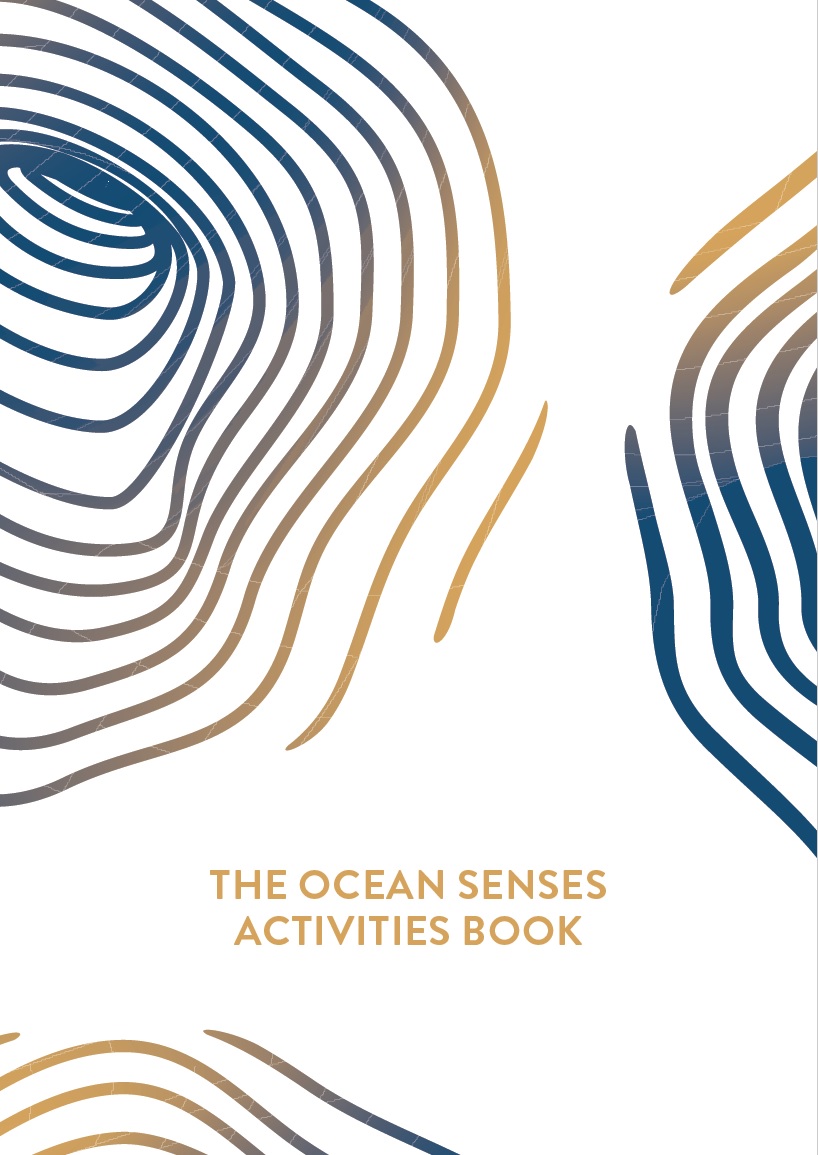
The Ocean Senses Activity Book
No. 1 (2023)This booklet consists of 16 interdisciplinary lesson plans and ideas that inspire to learn about the ocean and connect to it via their senses. Teachers from kindergarten to high school- are the primary audience, but this is not only for teachers. We hope people of all ages can be inspired. Parents can try some of the ideas out with their children at home. Some ideas could be tried out in older adults’ homes or local youth groups. For example, some of the lessons can be used by older pupils as guides for younger pupils at school or science fairs. All the lesson plans were developed within a research project called Advancing Knowledge about Methane in the Arctic (AKMA Project number 287869). The AKMA project was funded by Norwegian Research Council and led by the UiT - The Arctic University of Norway in Tromsø in collaboration with Woods Hole Oceanographic Institute in the USA.
-
Innovation und Relevanz im Deutschunterricht. 13 Unterrichtsmodelle aus einem Nordplus-Projekt
No. 1 (2019)Dieser Text erläutert kurz Hintergrund und Vorgehensweise des Nordplus-Horizontal-Projektes "Nachhaltige Ausbildung von Deutschlehrern - die Notwendigkeit, Ideen auszutauschen und Innovation im Deutschunterricht in Dänemark, Estland und Norwegen zu schaffen", im Rahmen dessen die dreizehn Unterrichtsentwürfe entstanden sind, die den Kern dieser Publikation bilden.
-
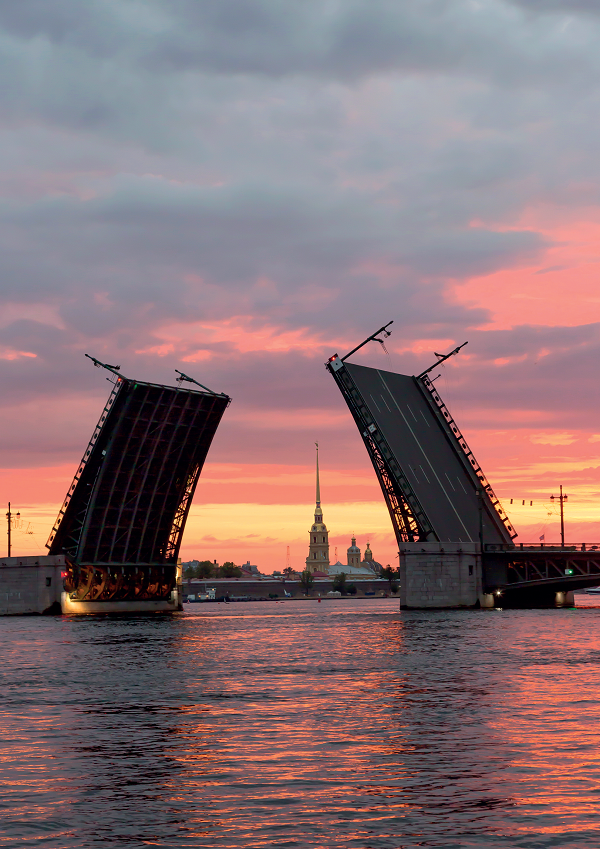
Ikke bare-bare – en liten bok om å oversette til russisk
No. 1 (2016)Oversettelse har alltid stått sentralt i undervisningen i russisk ved norske universiteter og høyskoler, men det har aldri eksistert noen skreddersydd norsk lærebok for denne undervisningen. Boken du holder i hånden, er ment å fylle dette tomrommet.
Ikke bare-bare – en liten bok om å oversette til russisk er en praktisk anlagt lærebok for deg som har studert russisk i ett til to semestre, og som ønsker å bli flink til å oversette. Boken gir deg økt bevissthet omkring oversettelsesprosessen og går gjennom de viktigste språklige mønstrene du må mestre når du oversetter. Språket er lettfattelig, og alle grammatiske termer blir grundig forklart. Boken formulerer åttiseks praktiske regler som oppsummeres i et kapittel til slutt. På et nettsted som ledsager boken, finner du ekstra informasjon og mange nyttige oppgaver.
Tore Nesset (f. 1966) og Anastasia Makarova (f. 1985) er medlemmer av forskningsgruppen CLEAR (Cognitive Linguistics: Empirical Approaches to Russian) ved UiT Norges Arktiske Universitet og har omfattende undervisningserfaring i russisk som fremmedspråk. De har sammen og hver for seg utgitt en rekke vitenskapelige arbeider om russisk språk, og Tore Nesset har publisert lærebøkene Russiskstudentens beste venn (Novus 2010/2014) og How Russian Came to Be the Way It Is (Slavica Publishers 2015). Ikke bare-bare er den første læreboken Nesset og Makarova har skrevet sammen.
-
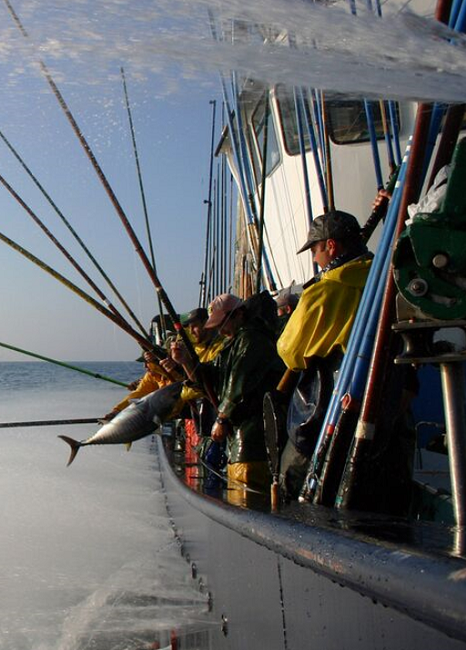
FIΣH IT 1.0
No. 3 (2015)By Jorge Santos
FIΣH IT is part of a family of multimedia coursework about the management of aquatic living resources. The focus of the training system is on the computation and utilization of diverse methods to assess the state and potential of resources, as well as to develop balanced harvesting strategies for the future; the aim of the course is the training and assisting of managers in realistic exploitation projects. The system includes many different training and learning tools, such as online media, Excel workbooks and more advanced simulation tools. This student manual can be used as the master document, provided all subject files are downloaded into the same directory. The individual files are otherwise self-explanatory and can be consulted independently.
Santos, J. 2015. FIΣH IT 1.0 - A training system for aquatic resource managers.
-

CONΣERV IT 1.0
No. 2 (2015)by Jorge Santos
CONΣERV IT is part of a family of coursework about the conservation of aquatic living resources. The focus of the training system is on the computation and utilization of bio-diversity metrics at different biological scales; the aim of the course is the training and assisting of managers in realistic conservation projects. The system includes many different training and learning tools, such as online media and Excel workbooks. This student manual can be used as the master document, provided all subject files are downloaded into the same directory. The individual files are otherwise self-explanatory and can be consulted independently. The companion theoretical texts are also available from the author to link to this system.Santos, J. 2015. CONΣERV IT 1.0 – A Training System for Aquatic Conservation Managers.
-

How Russian Came to Be the Way it Is: A Student’s Guide to the History of the Russian Language
No. 1 (2015)Time machines do not exist, but books are good substitutes. How Russian Came to Be the Way it Is takes you two thousand years back in time and explains how the Russian language came to be the way it is by reviewing all major changes in the grammar and sound system.
This web page is a companion to the book. For some sections in each chapter, you will find additional material that will help you to make sense of the history of the Russian language. There is also a short abstract, which summarizes the content of each chapter in the book. Click on the chapter headings below and learn more!
Tore Nesset (2015): How Russian Came to Be the Way it Is: A Student’s Guide to the History of the Russian Language. Bloomington, Indiana: Slavica Publishers. ISBN 978-0-89357-443-7. Cover illustration by Tanja Russita.
-
HiF-undervisning 2012:1 Langrenn
No. 1 (2012)




